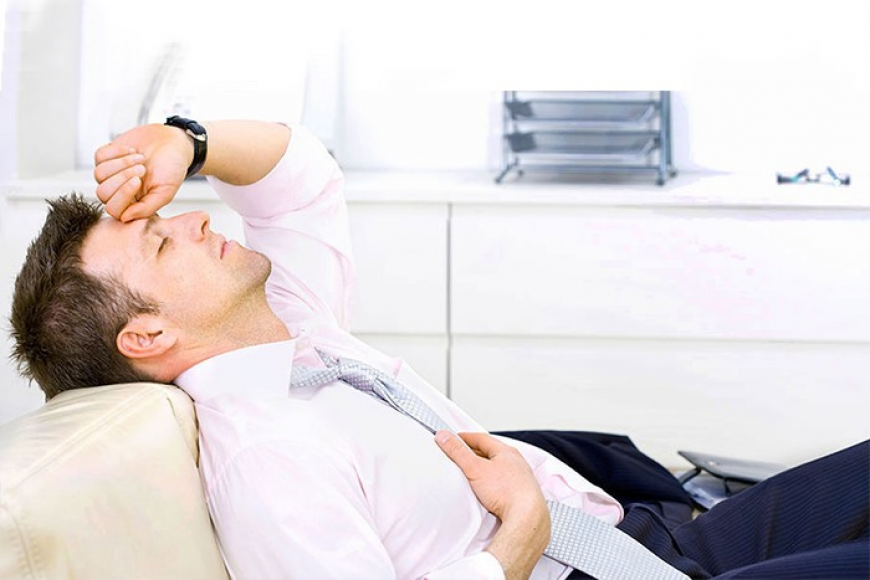News
What is orthostatic hypotension or so-called ''abrupt rise and fall''?
08 April 2020 | News | Cardiology | Therapy
Orthostatic hypotension is а fainting or loss of consciousness which might occur after rising abruptly, standing still for a long time or doing a lot of physical work.
What causes "abrupt rise and fall"?
Hypertension or orthostatic shock develops when blood pressure falls sharply and blood supply of brain decreases.
Orthostatic hypotension can develop in the following cases:
- Hypovolemia i. e. a decreased volume of blood circulating in the body.
- Decreased vascular tone.
- Certain drug and substance effect.
Hypovolemia can occur in case of injury, bleeding, or in women with profuse menstruation which result in significant volume of blood loss.
Blood plasma volume level decreases during profuse perspiration caused by fever and excessive physical activity especially in hot conditions.
In excessive urination, which occurs in some diseases a lot of fluid comes out of the body.
In case of vomiting and diarrhea, the body loses liquid, which needs to be replenished.
All of these factors lead to a decrease in circulating blood volume resulting in orthostatic hypotension.
Cerebrovascular tone, especially cerebral vessels narrowing and widening in due time ensures body normal functioning.
The nervous system regulates vascular tone. When different conditions disturbed, this regulation orthostatic shock may occur.
Disturbance of nerve impulses occur in a variety of diseases such as diabetes mellitus, vegetative-vascular dystonia, thrombosis of pulmonary artery, atherosclerosis, anemia, adrenal tumors, as well as prolonged bed regimen.
Vascular tone may be unstable over hormonal changes during adolescence, pregnancy, and menopause. Orthostatic shock is a side effect of some medications (antihypertensive drugs, fast-acting diuretics, nitrates, drugs used in case of Parkinson's disease, etc.).
The risk factors include:
- Emotional strain
- Stress
- Depression
- Mental, physical and psychological fatigue
- Alcohol use
What are the symptoms of orthostatic hypotension?
In case of sharp rise from lying position, standing for a long-time, excessive physical activity the following signs occur
- Sudden general fatigue:
- Pallor
- Dizziness
- Visual disturbances (in the form of curtain drapes, flies)
- Nausea, vomiting
- Fainting
- Limb twitching
- Sometimes there is urinary incontinence
How to diagnose orthostatic hypotension?
This condition is diagnosed considering the mean arterial pressure for standing (low) and lying (normal) positions and further comparing the values.
Hypotension might be diagnosed when the difference between those values is 20 mm Hg and higher in systolic pressure, 10 mm Hg and higher in diastolic pressure.
Other examinations are also carried out:
- Complete blood count (detection of anemia)
- Biochemical analysis (to determine physiological and biochemical status of inner organs)
- Determination of hormones in the blood
- Cardiac function examination to detect vegetative disorders (Holter monitoring)
- Neurological tests.
Treatment is administered according to the causes of the pathology.
What is dangerous about hypertension?
The condition caused by orthostatic hypotension should not be ignored. It can be a sign of a significant pathology which needs to be treated.
Persistent oxygen starvation due to disturbance of cerebral blood supply is dangerous for the memory impairment and neurological disorders. For elder people, this condition threatens paralysis, dementia. Besides, sudden loss of consciousness might bring to various traumas (because of falling).
Preventative measures
In case of the symptoms, it is necessary to reconsider the medication that is being taken as the symptoms may be due to the side effects of the drug.
Avoid sharp movements, excessive physical activity, standing for long period of time and, if possible, emotional conditions also.
If the patient was following a bed regimen for a long time, the routine should be changed gradually. Before getting out of bed, the patient should do some easy exercises in lying and then in sitting positions.
In the diet, it is preferable to limit consumption of meat, fatty food and hot spices. Alcohol should be avoided. Water intake should be increased to prevent dehydration.
If the symptoms persist, seeing a doctor is necessary.
Similar articles
-
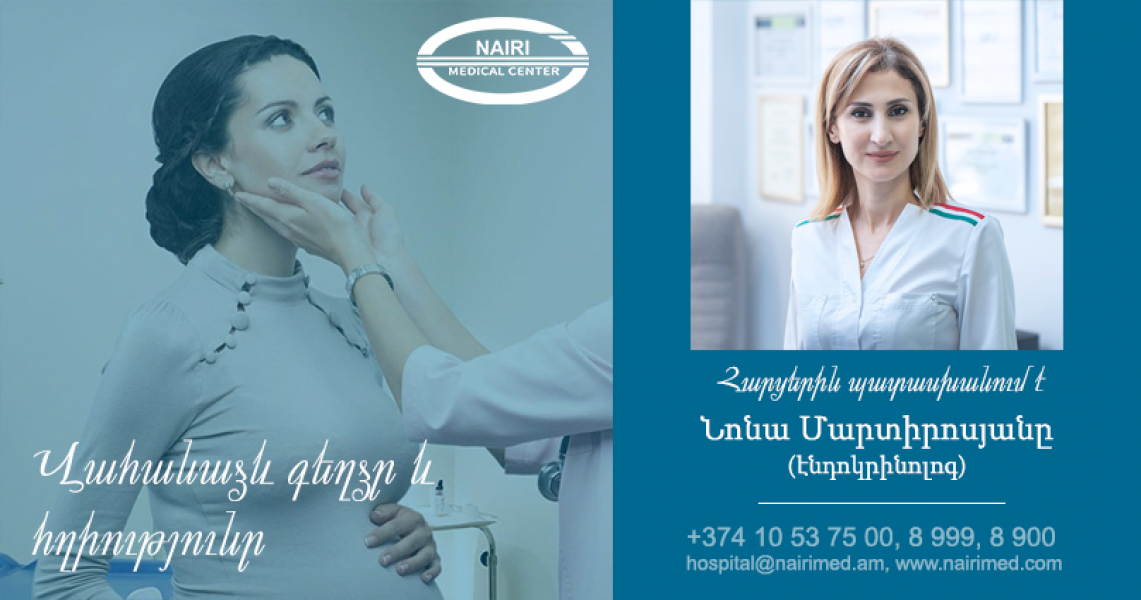
Thyroid gland and pregnancy
27 September 2021
-
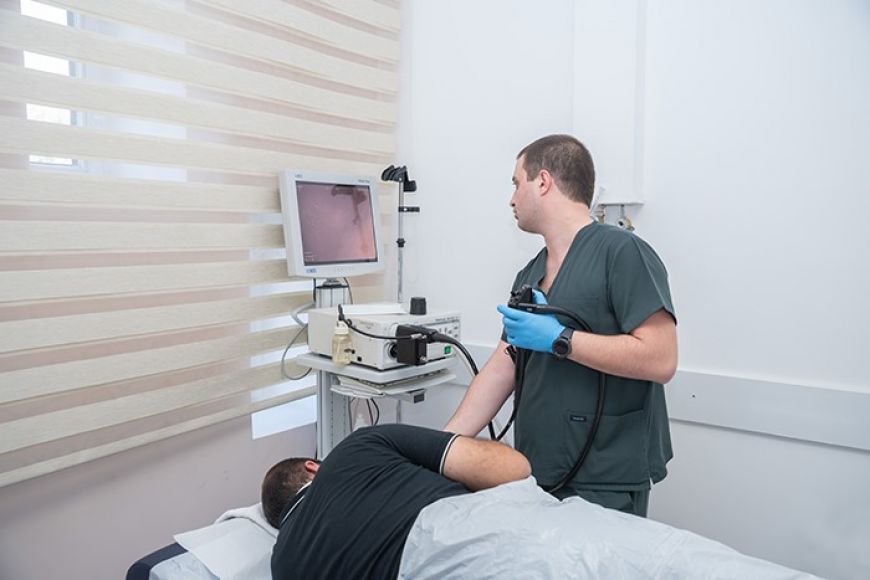
Endoscopy services at ''Nairi'' MC. Interview with Tos Sargsyan
26 November 2019
-
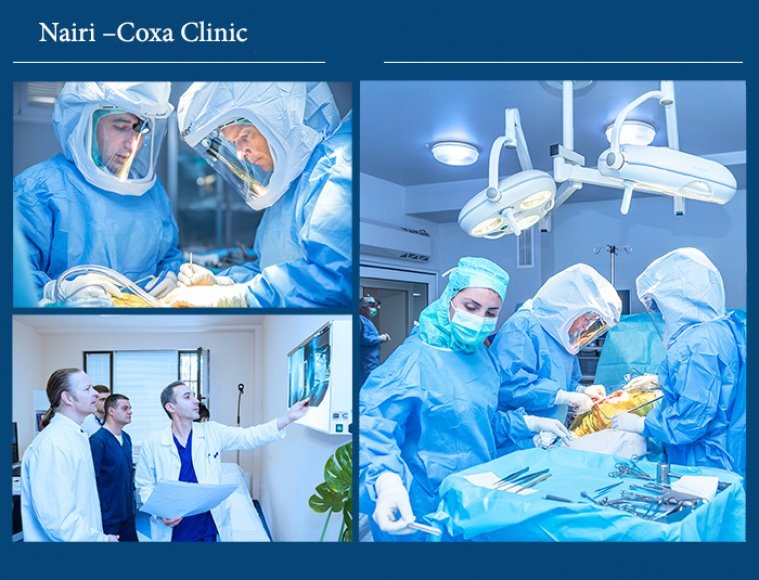
-
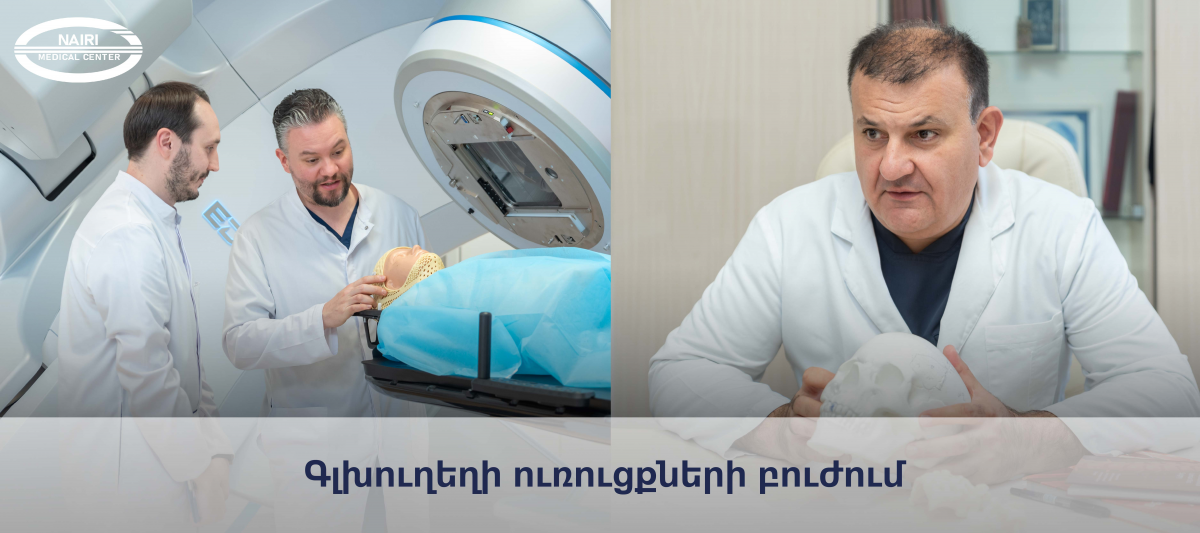
-
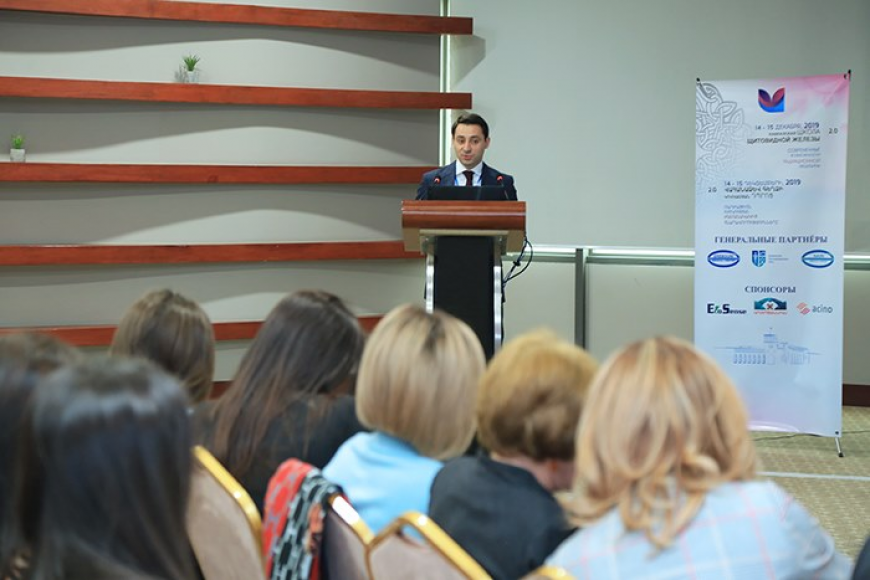
The second course of ''Caucasus School of Thyroid Gland'' took place
19 December 2019
View all
Sign up here for our newsletter

